BMW’s plan to launch future models based on one of two modular architectures will include a rear-wheel drive platform that can house everything from downsized internal combustion engines to three-motor all-wheel drive electric cars with more than 800bhp.
BMW first announced plans to base all future models off one of its two new architectures – FAAR for front-wheel drive models and CLAR for rear-wheel drive models – earlier this year, but has now given more details on just how flexible they will be in being able to underpin every future model.
BMW to launch more luxury models to fund future tech developments
The FAAR architecture is a next-generation development of the existing UKL platform that underpins the first wave of front-wheel drive BMWs and the current Mini range. The CLAR platform will be a next-generation version of the current structure of the same name.
BMW ramps up plans to expand i range with SUVs
BMW is hedging in bets in being able to respond to every type of drivetrain a customer might desire as it “simply cannot be sure” how much demand there will be for any particular drivetrain in the future, according to Lutz Meyer, who works on BMW’s product strategy for architectures.
Each of its models will be capable of being equipped with a standard internal combustion engine, a plug-in hybrid drivetrain to electrify the axle not driven by the engine, or a fully electric one.
Full EV configurations will include a single motor on the front axle for the front-wheel drive models and an optional one on the rear axle for all-wheel drive; a single motor on the rear axle for rear wheel drive, with an optional one on the front axle for four-wheel drive; and a further one on the rear axle for performance models to create a car with more than 800bhp.
BMW will offer the electric motors in different ‘sizes’, with a small 134bhp and medium 255bhp for entry-level electric vehicles, and a large 335bhp one and extra large 402bhp-plus version for performance models.
Chinese-market front-wheel-drive BMW 1 Series saloon driven
One of two core battery packs will be fitted depending on the type of car, and they can be made bigger or smaller depending on the range desired by the customer. They will always be packaged in the floor, so won’t reduce cabin or boot space.
There will be a ‘tall’ battery pack for SUV models, and a lower one for saloons, hatchbacks, coupes and cabriolets, with these models receiving a 10-20mm increase in height for their next generation to accommodate the battery pack installed in the floor.

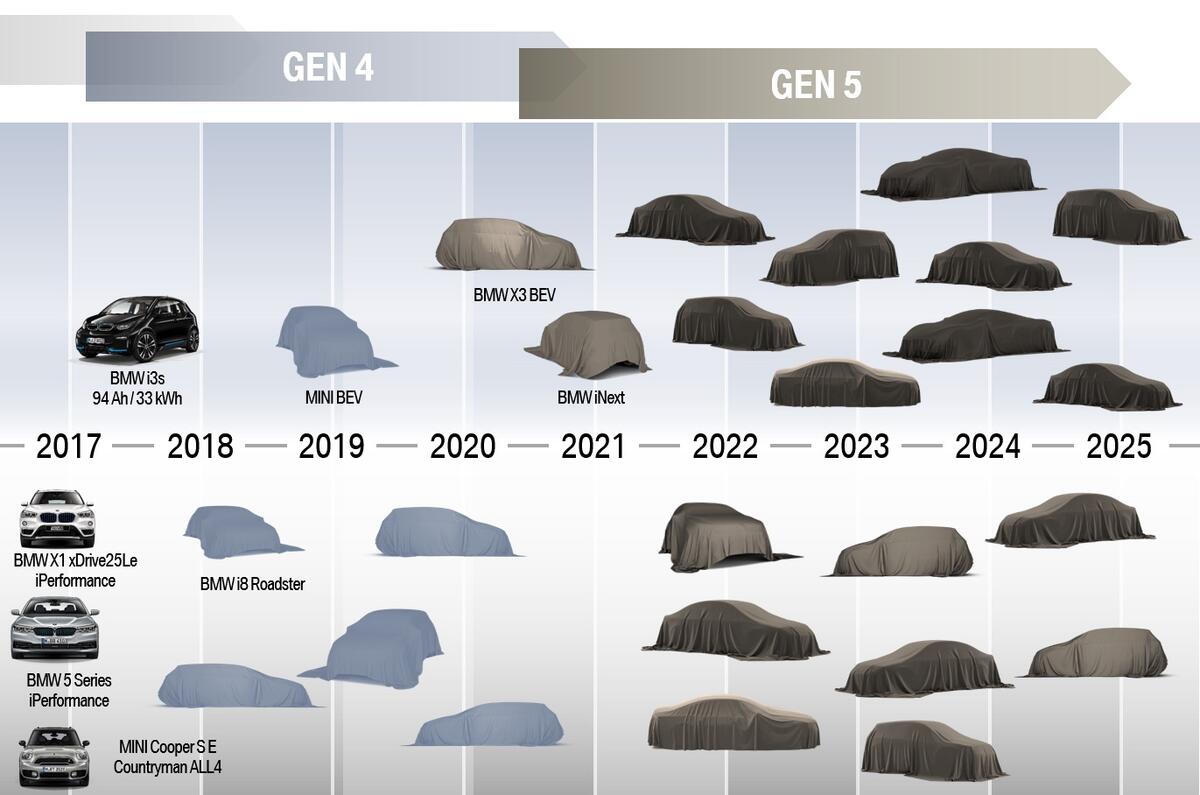
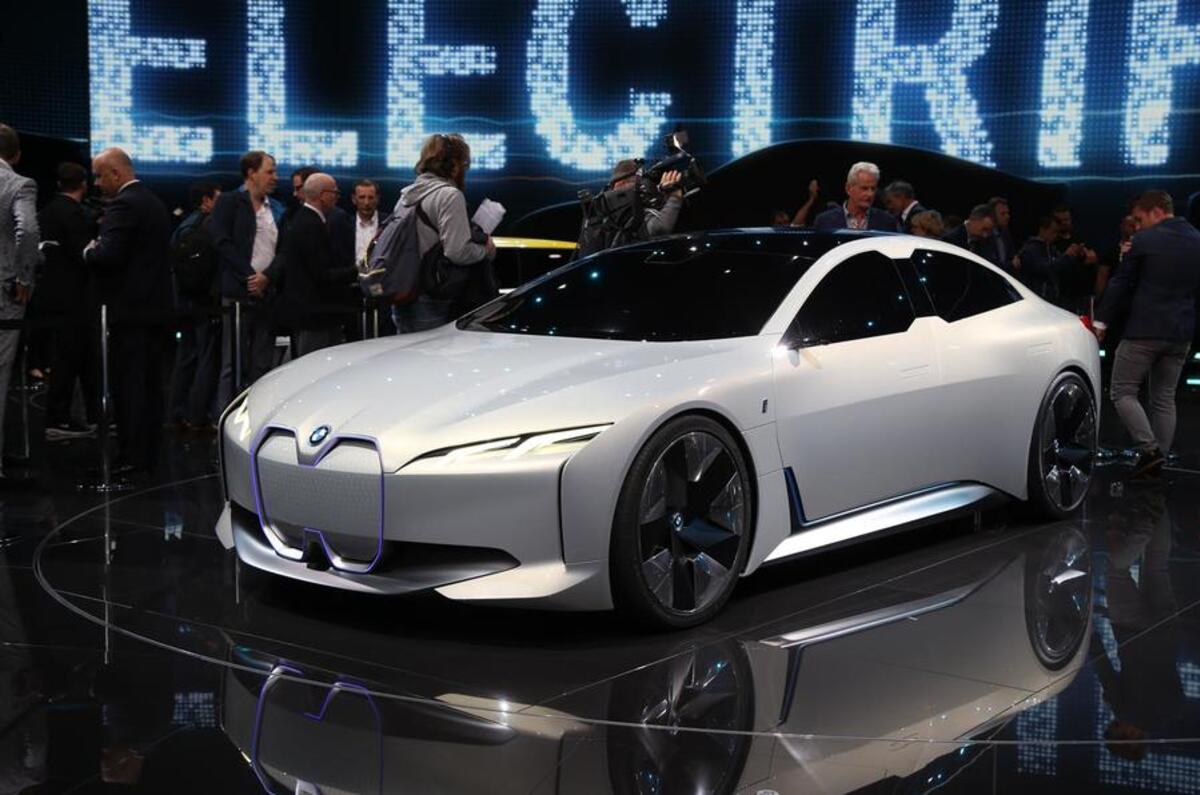
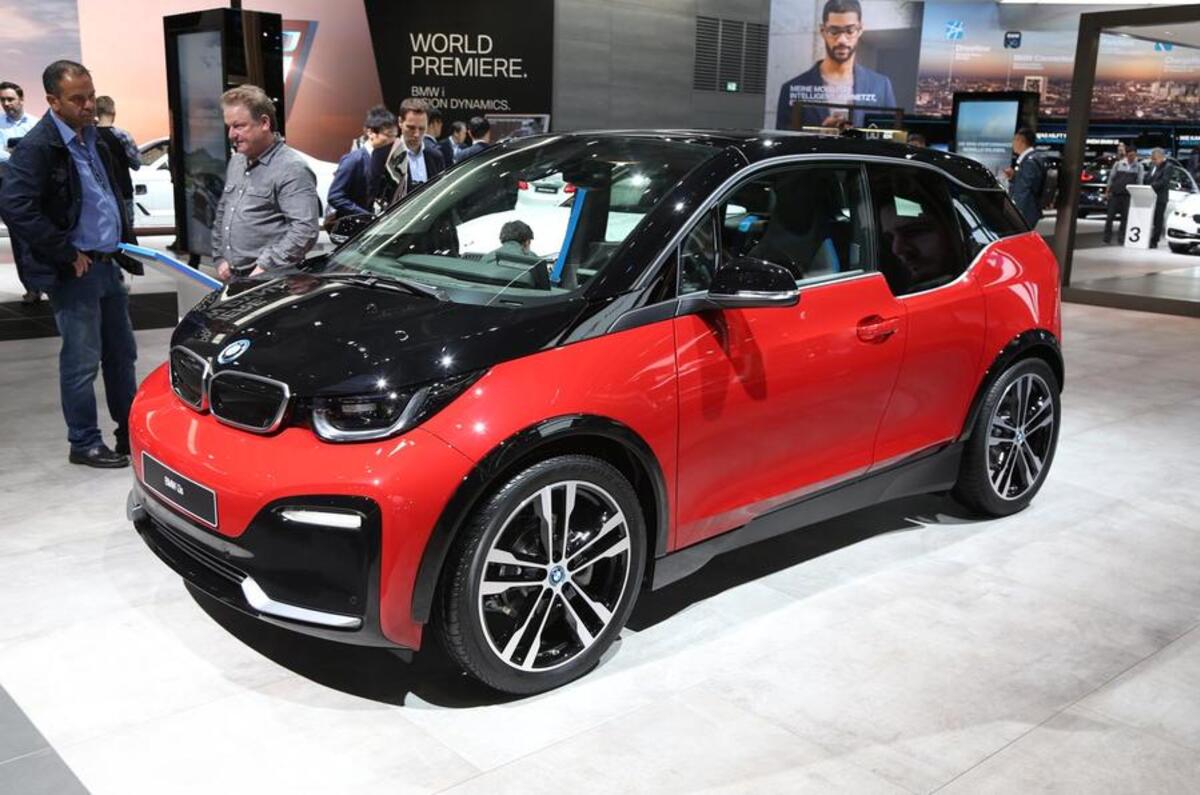
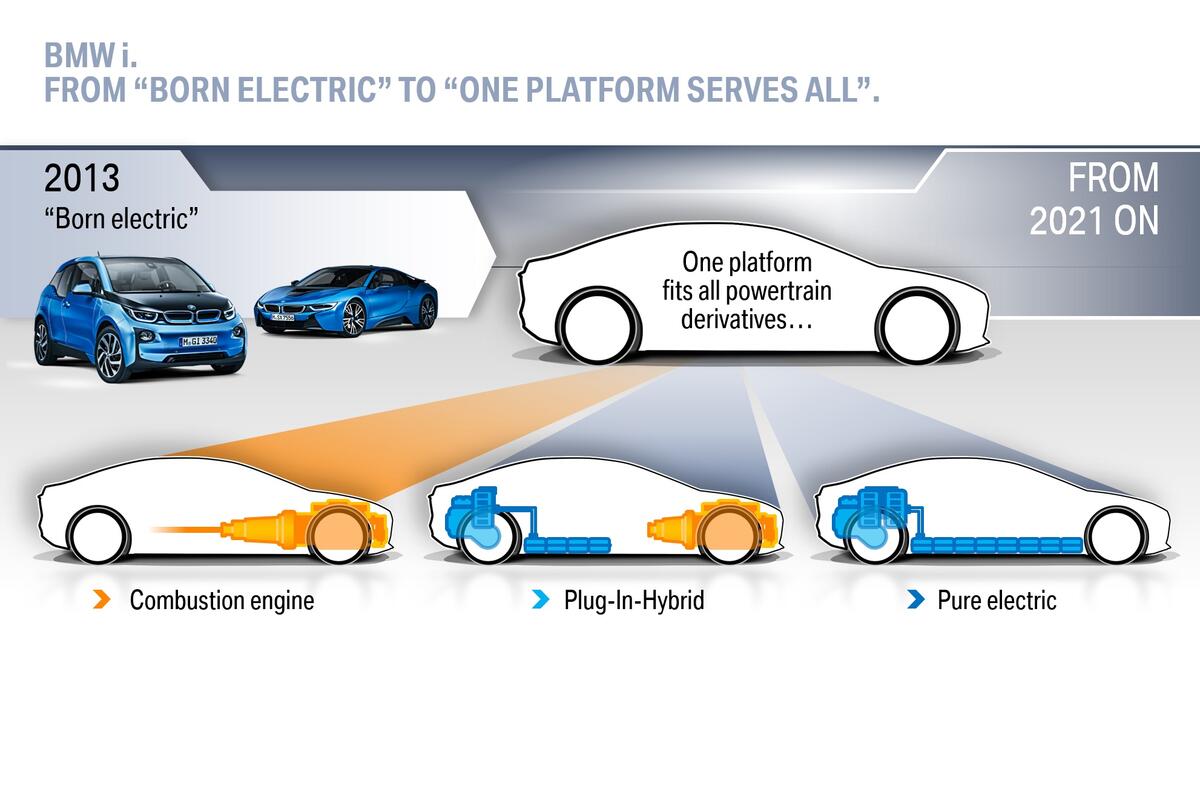

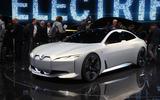
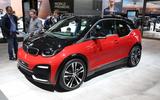
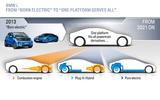









Join the debate
Add your comment
Sounds like a plan.
Sounds like a plan.
Having bespoke models for seperate powertrains makes as much sense as the old industry trend for having bespoke models for seperate engine sizes.
Credit to Volvo ...
... for making this call a few years ago now.
"Researching how to make
"Researching how to make electric cars sound better"
Thank God, can you imagine how boring an M performance car would sound?! Good on them for knowing sound is a key factor on certain market segments.
No I cant - I dont think an
No I cant - I dont think an electric motor sound boring at all, currently theyre not loud enough (all thats needed is a mic) but the sound they make is cool.